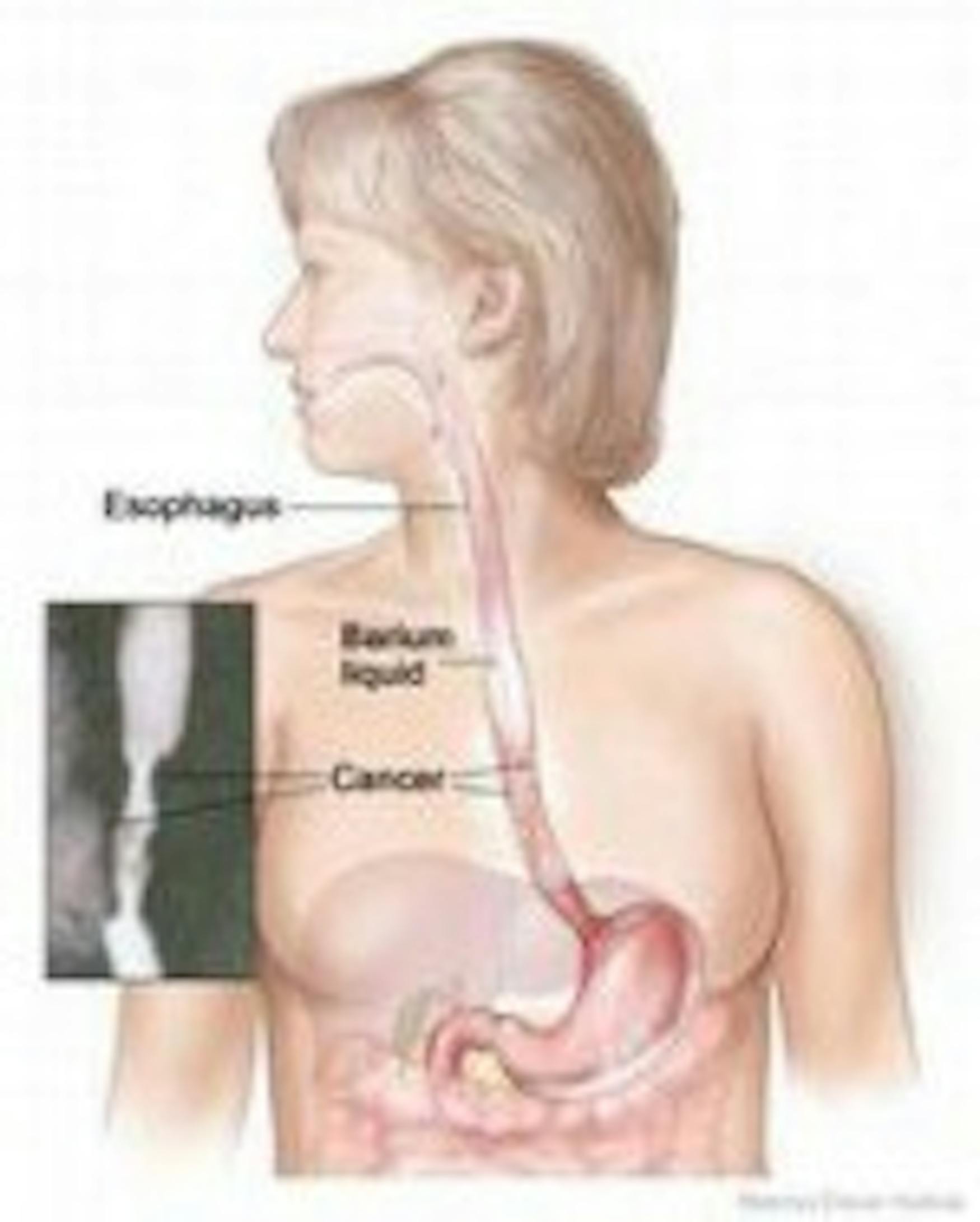Wangh creates DNA detection method
Prof. Larry Wangh (BIOL) and his laboratory have developed a new technique of DNA amplification, called LATE-PCR, which can detect DNA and RNA for disease diagnosis and is now being used by veterinarians in order to detect diseases quickly.LATE-PCR, Linear-After-the-Exponential Polymerase Chain reaction, is a portable device that "mimics what nature does when cells divide," says J. Aquiles Sanchez, Ph.D., a senior research scientist in Wangh's lab. It can detect strains of avian flu in birds and strains of foot-and-mouth disease that could be harmful to humans. The device allows doctors to make copies of a specific gene so that they can conduct more accurate tests.
According to the Wangh laboratory's page on the Brandeis Web site, "LATE-PCR . efficiently generates single-stranded amplicons under controlled conditions" and "is further enhanced by additional technologies that improve sample preparation, suppress amplification errors, improve probe design for rapid high-resolution analysis of the amplified product, make multiplexing easier, allow for rapid DNA sequencing, and enhance data analysis."
Although PCR techniques have been used for decades, the LATE-PCR developed by Wangh's lab, maximizes the amount of information that one can get out of a DNA or RNA sample. With this device, veterinarians can detect diseases in a short period of time, including certain types of cancer.
A veterinarian using LATE-PCR to test a bird for avian flu could learn whether or not the bird has avian flu, and the device would also tell the vet what strain of flu it is and whether it is dangerous to humans, Wangh said.
Wangh said that the tests are "not quite ready for prime time yet," and that he is currently in Australia presenting his techniques to veterinarians. He said he is also conducting this research for Smith Detection, a company that specializes in disease threat detection and screening technologies, explaining that he agreed to work for the company because it offered funding for his research.
This test has many economic benefits, according to Sanchez. He said that without reliable testing, various nations are forced to kill large numbers of birds instead of waiting for the test results, in order to protect their citizens from avian flu.
England, for example, was forced to kill herds of cattle to stop the spread of foot-and-mouth disease, which was causing the country to stop exporting beef.
Sanchez said that testing for diseases in animals is only the lab's short-term goal. Currently, he is spearheading the lab's effort to test for esophageal cancer. Barrett's esophagus is a pre-malignant condition caused by acid reflux disease that leads to esophageal cancer. Although 99 percent of patients don't develop the cancer, they all have to be monitored at great expense.
Wangh's lab partnered with the University of Washington to develop a more accurate method of determining who will contract the cancer by locating the genes that should prevent uncontrolled cell growth, but if deactivated, will cause the patient to develop cancer.
Wangh is working on developing assays for the LATE-PCR that will allow doctors to test for these genes in a short amount of time.
"Assays that you can put in a machine and just have a doctor run in a tube for an hour . would alleviate a lot of concern and frustration," said David Steffin '08, an undergraduate researcher in the lab.
Although the cancer testing assay is still being constructed, ultimate implementation of the assay will eventually require Federal Drug Administration approval, which, according to Sanchez, may take up to a decade. Until then, the treatment may be available on experimental basis with the consent of the patient, Sanchez said.
Additionally, Wangh said his work on mitochondrial DNA will have forensic applications and may aid in the detection of Alzheimer's disease.



Please note All comments are eligible for publication in The Justice.